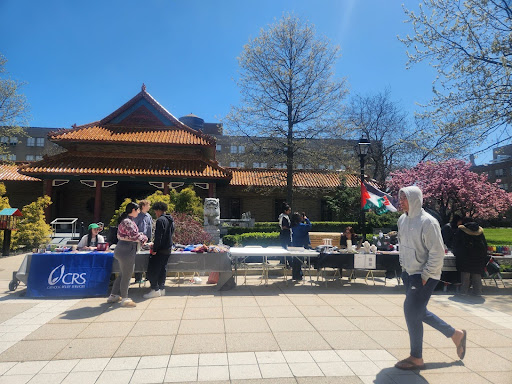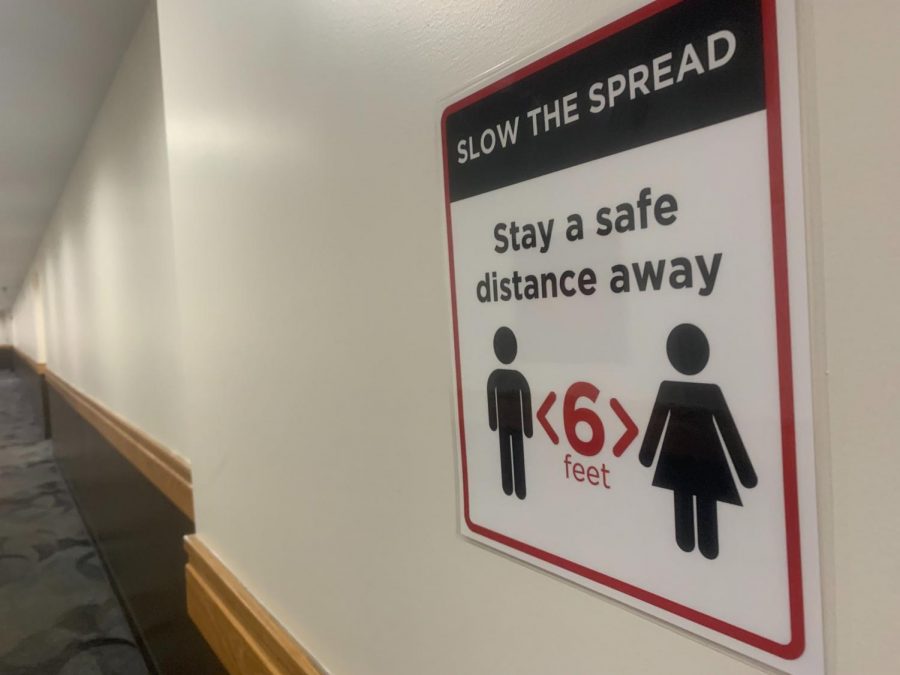As the city of New York began an experimental foray into funding programs to benefit black and Latino children in foster care, Luis Medina was rising through the ranks of the child welfare system, and in the early 1990s, Luis Medina was appointed as the head of St. Christopher’s, Inc., a foster-care agency located in Dobbs Ferry, NY.
Medina, a huge proponent of minority-based care for minority children, began transforming the agency to meet the needs of these children, who made up an overwhelming majority of cases. Medina hired more Black and Latino case workers and appointed minorities to the agency board of directors.
He argued for recruitment of foster parents in the same neighborhoods from which the children came, to keep them within their school and churches.
New York City and other organizations granted St. Christopher’s and other minority agencies millions of dollars in contracts, putting the care of thousands of children into their hands.
“But all these efforts eventually came undone, often at a serious human cost,” said a New York Times article which delves into the failings of these minority-run agencies.
According to the New York Times, “Children with St. Christopher’s, city records show, were abused or neglected at disturbing rates. Family Court judges and lawyers cited the agency for years for ineptitude in handling the children’s cases.” Furthermore, seven children whose cases were handled by St. Christopher’s wound up dead once they were returned to abusive homes.
The New York Times investigation details widespread corruption, incompetence, and ineffectiveness within these agencies, among them, Miracle Makers, Inc., a Brooklyn-based agency that had its contracts canceled in 2005.
The need for ethnic foster care agencies should not be debated. It is a much-needed concept in a system that does not value children of color as much as it should. However, the execution of this grand idea, the level of preparedness, and the expert care that should have been taken into putting it into place should have been brought about.
Though well-intentioned, it seems as if these systems arose prematurely and the city eagerly threw money at it, praying that it would work.
People like Medina hired social workers who merely shared the same skin color as the children involved, ignoring any other extraneous or relevant qualifications, and then failed to keep a hold on the system as it spun out of control.
Clearly, actions such as this hinder the mission of these programs. Hiring on the basis of skin color with barely any attention paid to one’s qualifications is what drove the programs straight into the ground.
If expertise, experience, structure, and discipline were first considered, these programs may have had a chance. Until that is figured out, the children involved in the system certainly don’t have one.

















